Germany based designer Carsten in der Elst’s latest foray into the furniture design universe has led to a series of chair and table designs that appear like ascetic spots meant for contemplation. Austere, uneven, and crude, they evoke the materiality and texture of large rocks and caves where eremites and ascetics isolate themselves to ponder over their thoughts and seek divine knowledge. The series, made using Lindlar Greywacke, which is a variety of hard and dark sandstone used to manufacture pavement stones—is eponymously called the Greywacke Series. "The inspiration behind this project lies in the causality of producing something standardised from a raw and natural material. For example, in and around the Bergische Land region in NRW, Germany, when producing stones for sidewalks, a slab of greywacke is cut in a grid-like manner. All the sides of the slab, called crust, are regarded as industrial by-product and are discarded on a pile. Due to this grid cut, the crust-pieces with a natural exterior have dimensionally equal properties, which allows them to be preserved as unique building blocks," in der Elst says.
The furniture designer has previously created furniture items using by-products and discards of industrial processes. This latest project, however, is a departure from the norms that dictate industrial design. Instead of utilising contemporary materials to fashion minimalist pieces, in der Elst undertook the strenuous process of visiting a sandstone quarry in Lindlar, Germany, to pick up stones and sculpt his evocative furniture series. Serving as a continuation to a field visit conducted by in der Elst during his graduation project ‘Heavy Duty Collection’, this visit to the quarry catered not only to the purpose of facilitating the acquisition of raw materials, but also in influencing the product design of the final series. “The project includes an increased awareness for how mundane things around us are made and where they come from, a hands-on-fieldwork process, industrial machinery, a zero-waste agenda and a lot of diving for material, literally,” says the German designer.
The stones and rocks found in the Lindlar region are of great archaeological significance. Having housed one of the oldest forests in the world, the rocky remnants in the region hold age-old fossils, some of which are known to be over 300 million years old. Carsten in der Elst picked up these fossilised rocks from the pile of offcuts discarded by tile companies and used them to manufacture functional chair designs with imprints and traces of Sea Lilies and other plants on them. By choosing to use discards produced while carving out the rocks in a grid-like manner, over carefully selected parts set aside for constructing the stone sidewalks, in der Elst maintained his distinctive design process and style. A selection of greywacke discards ensured that the final designs appear congruously splintered.
The designer followed a simple and fun process to craft his pieces. He spent some time roaming around the quarry and picking up stone pieces from the pile of offcuts. He examined the pieces, cleaned them, and then assembled his collection of furniture with glue. The final chairs were recently presented at The Radford Gallery in London, as part of the group show ‘Hard Knocks’. The exhibition presented a series of experimental works by eight designers and artists who focus on material exploration through their creative practices. The Greywacke pieces, although in consonance with the materiality of the other pieces on display, stood out with their unique monolith-like appearance.
The product designer follows a simple methodology for all his projects, something that he refers to as ‘Productive Parasitism’. He spends some time with particular materials and witnesses these natural and artificial substances being transformed into cohesive and usable items. He then picks out the discards from these industrial processes and assembles them using simple tools to create something new that can be used to decorate spaces and fulfil utilitarian demands. Having tested out this practice in a number of different industries, in der Elst hopes to experience the factory projects of myriad materials across the globe and erect usable items using their offcuts.






 Sign in with email
Sign in with email


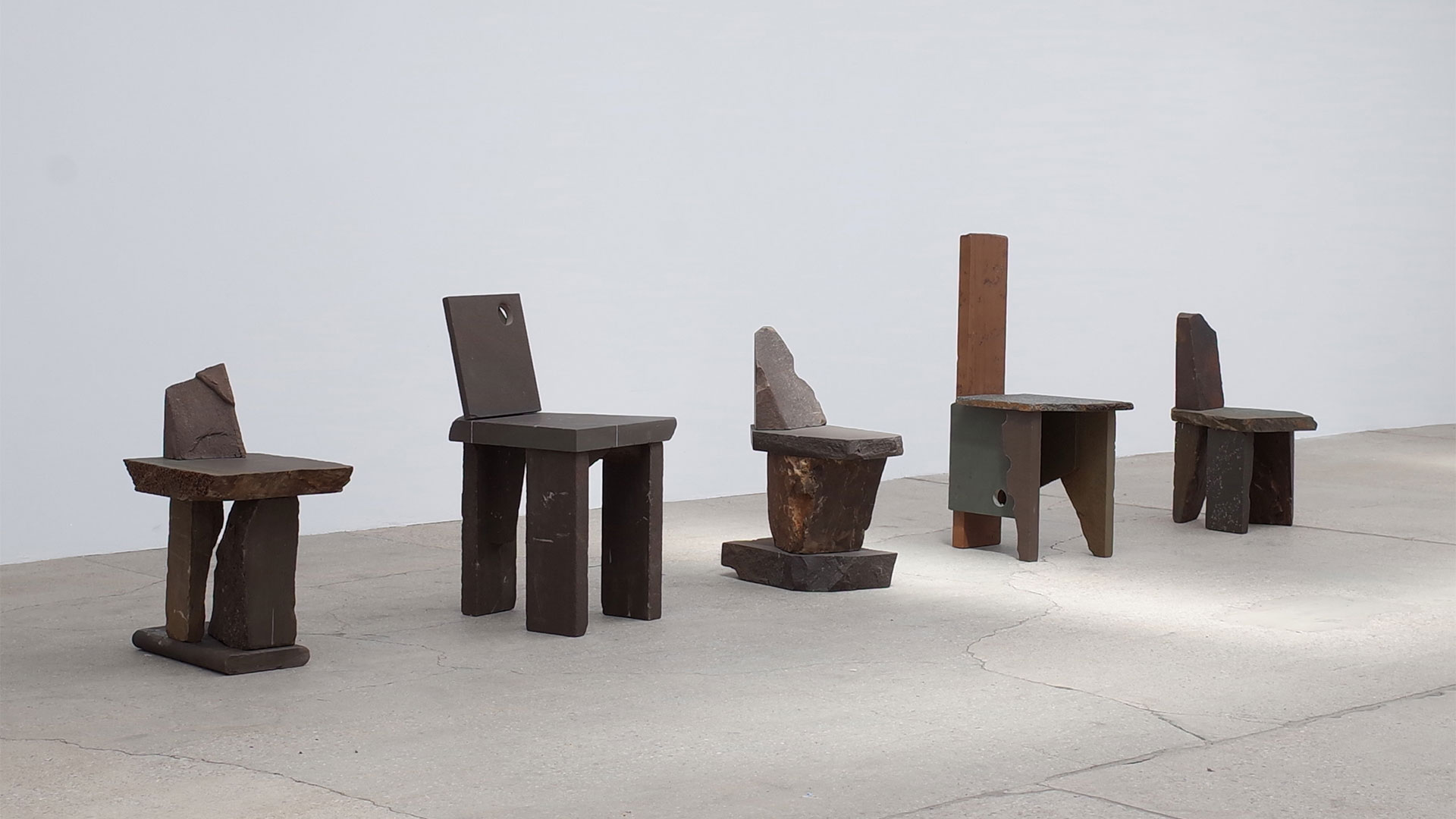
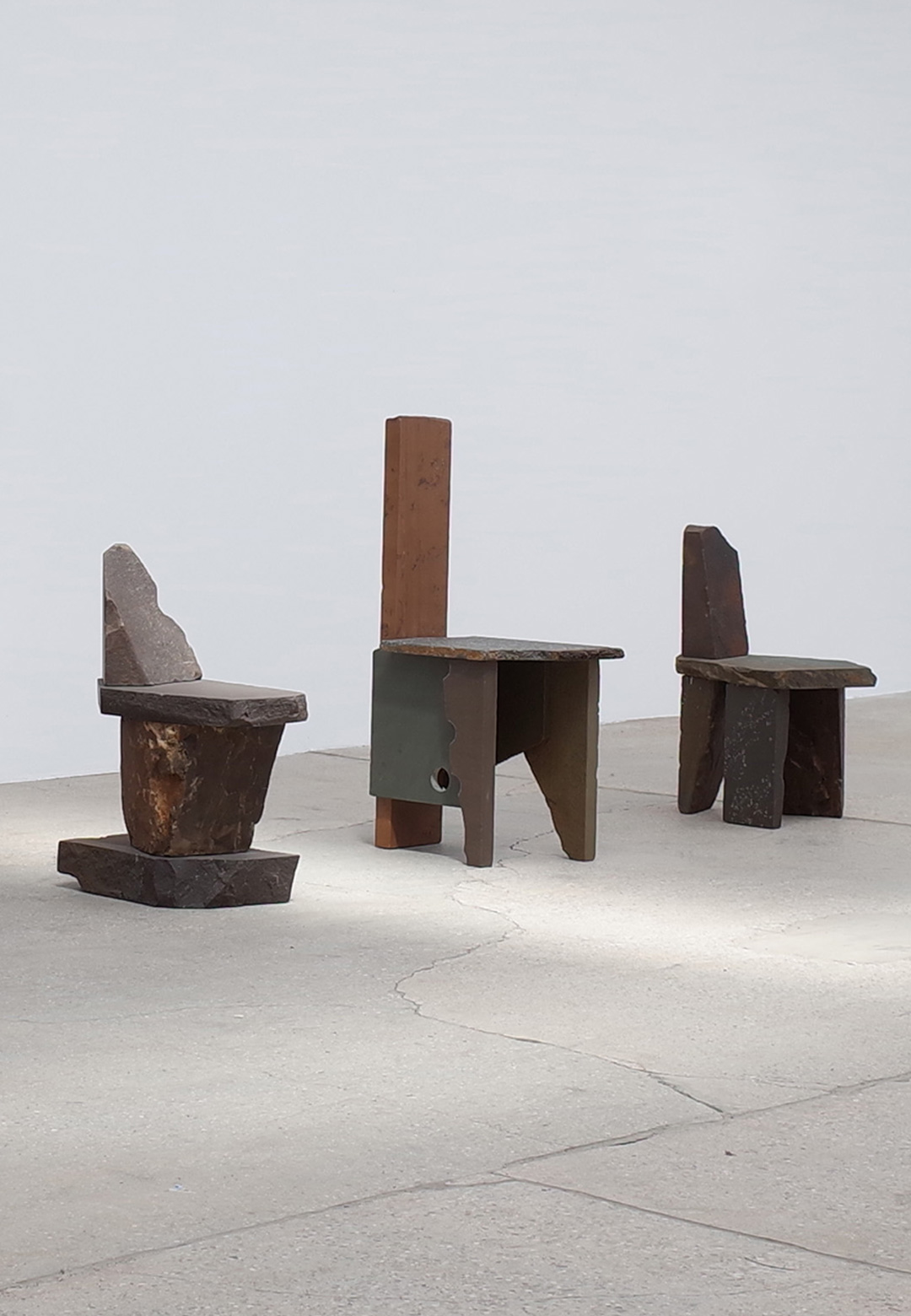
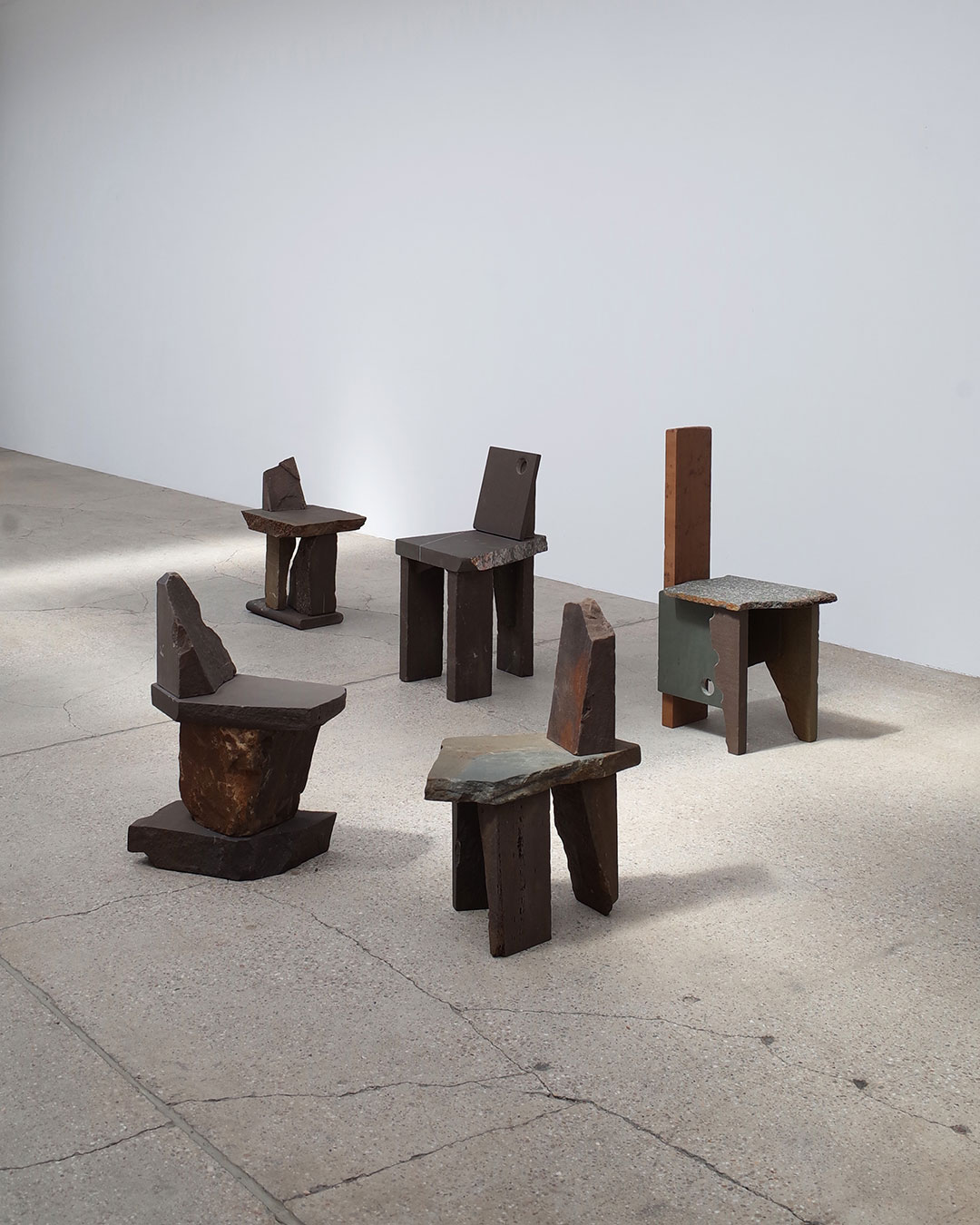
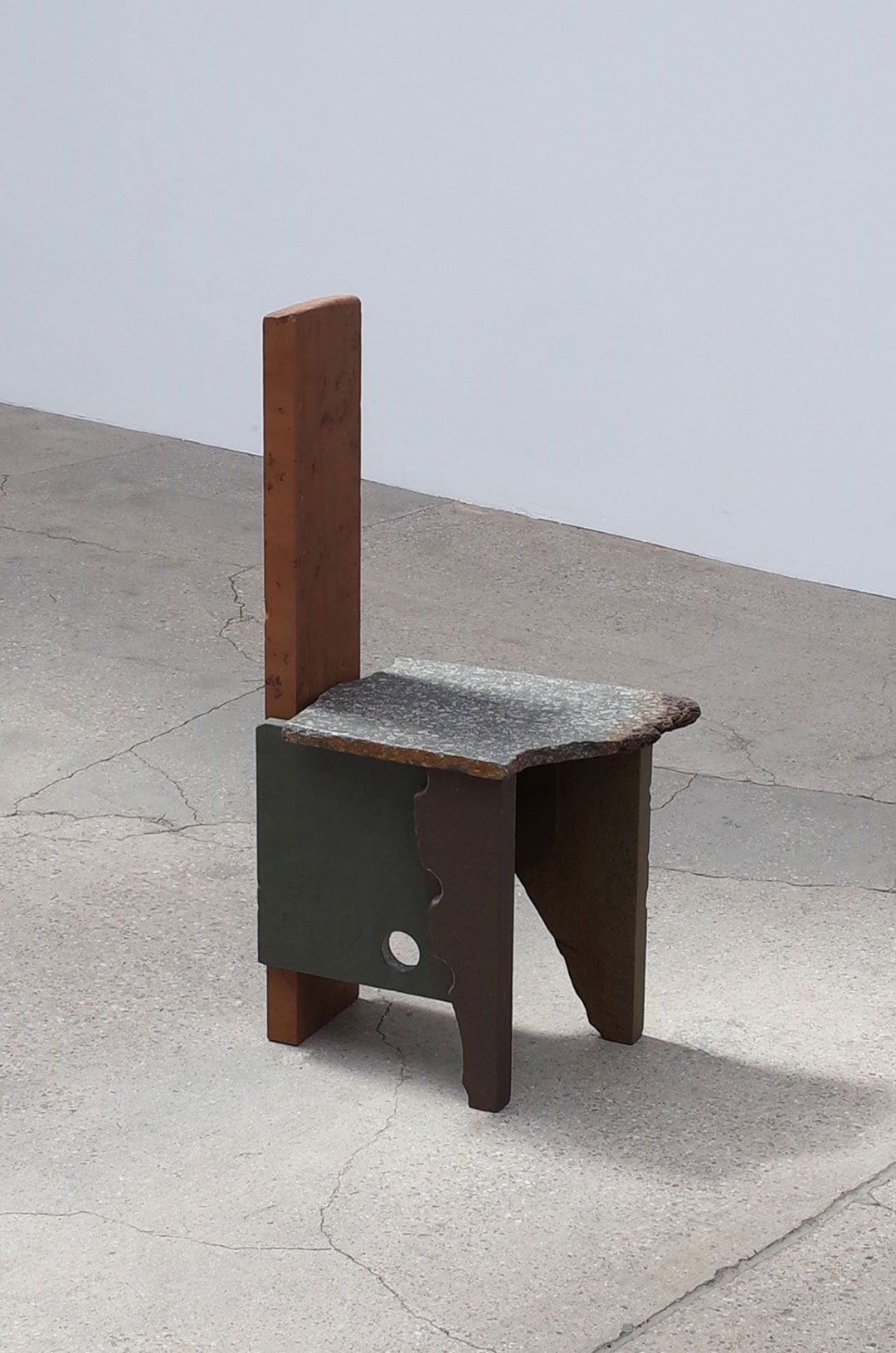
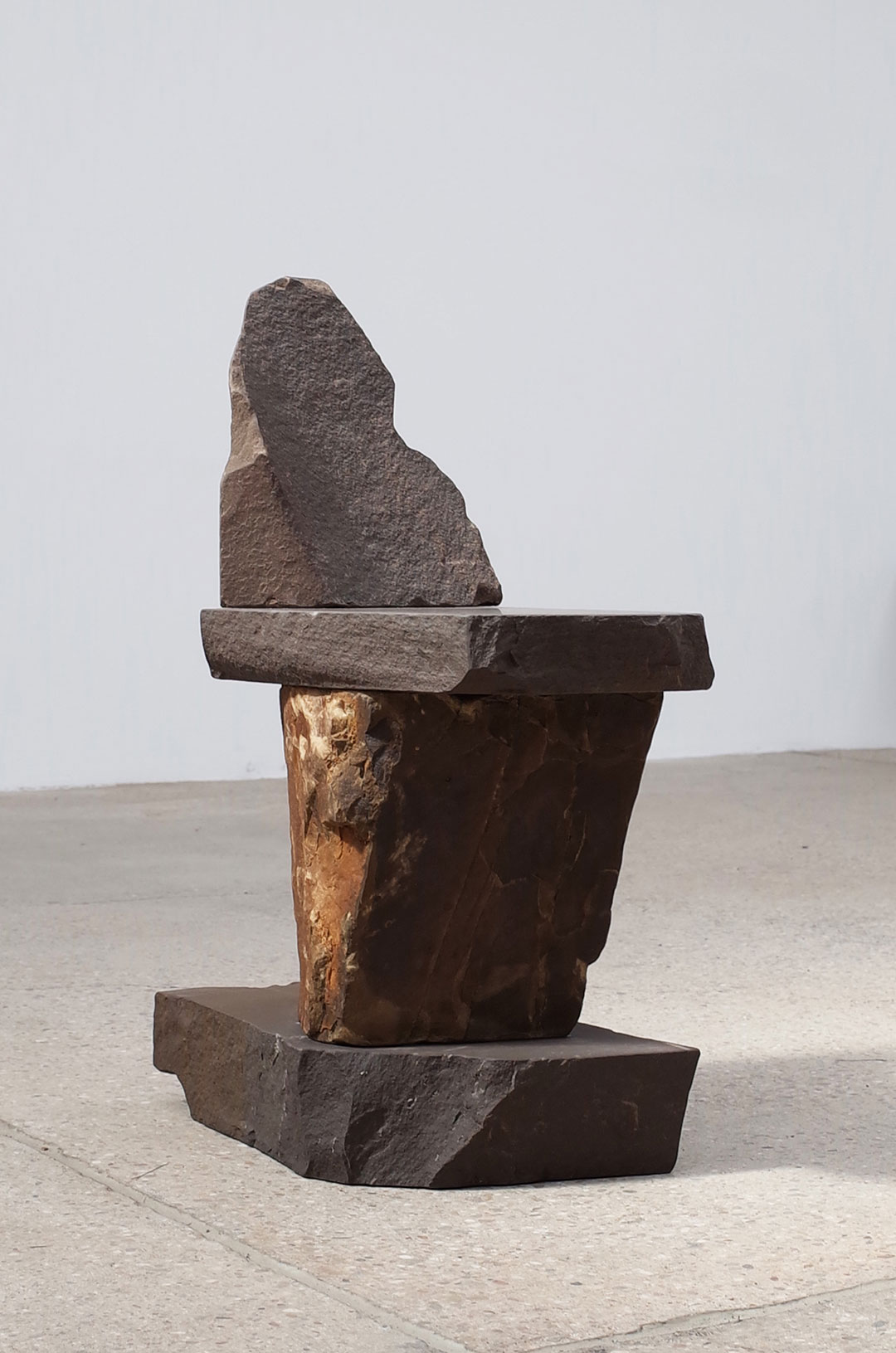
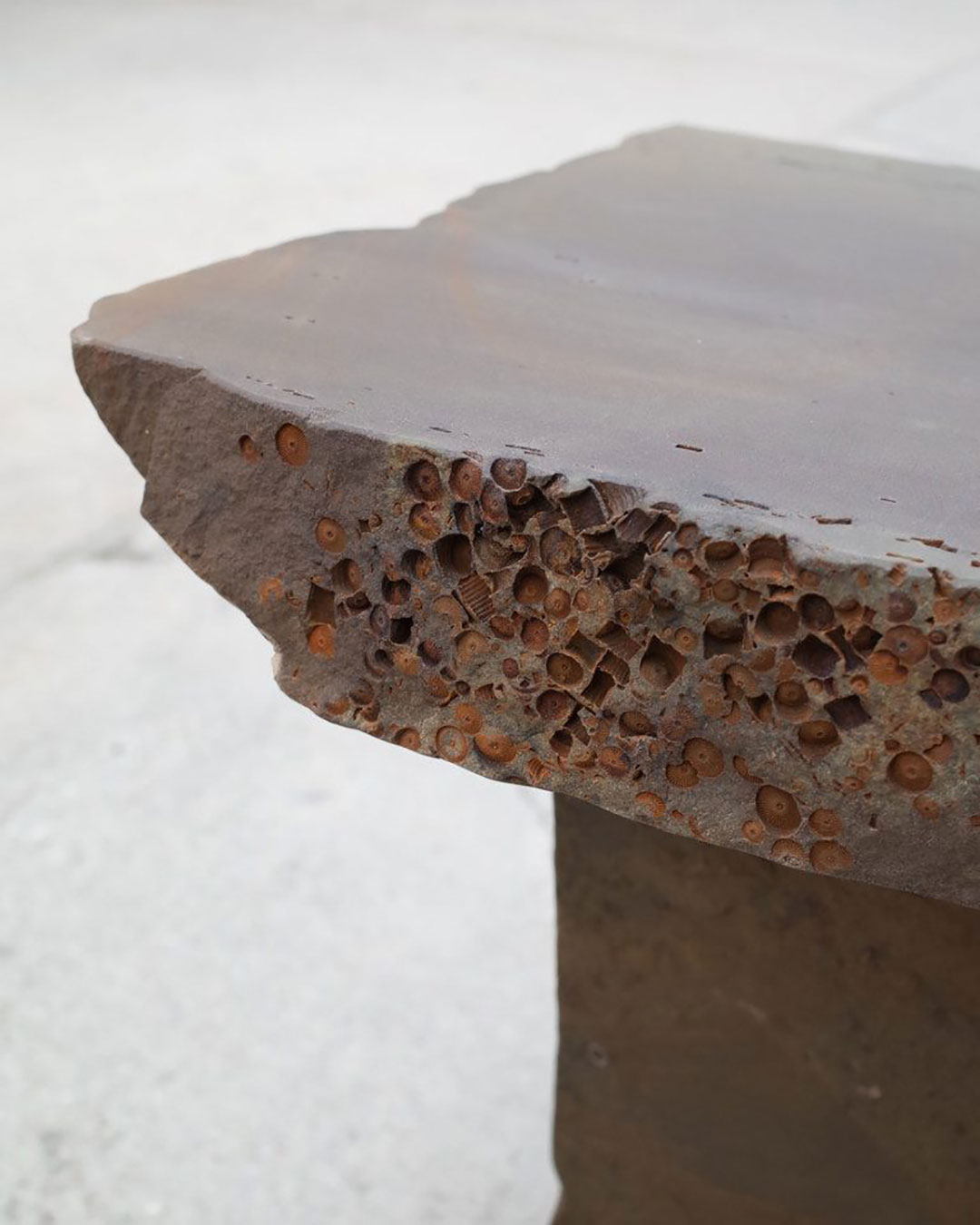
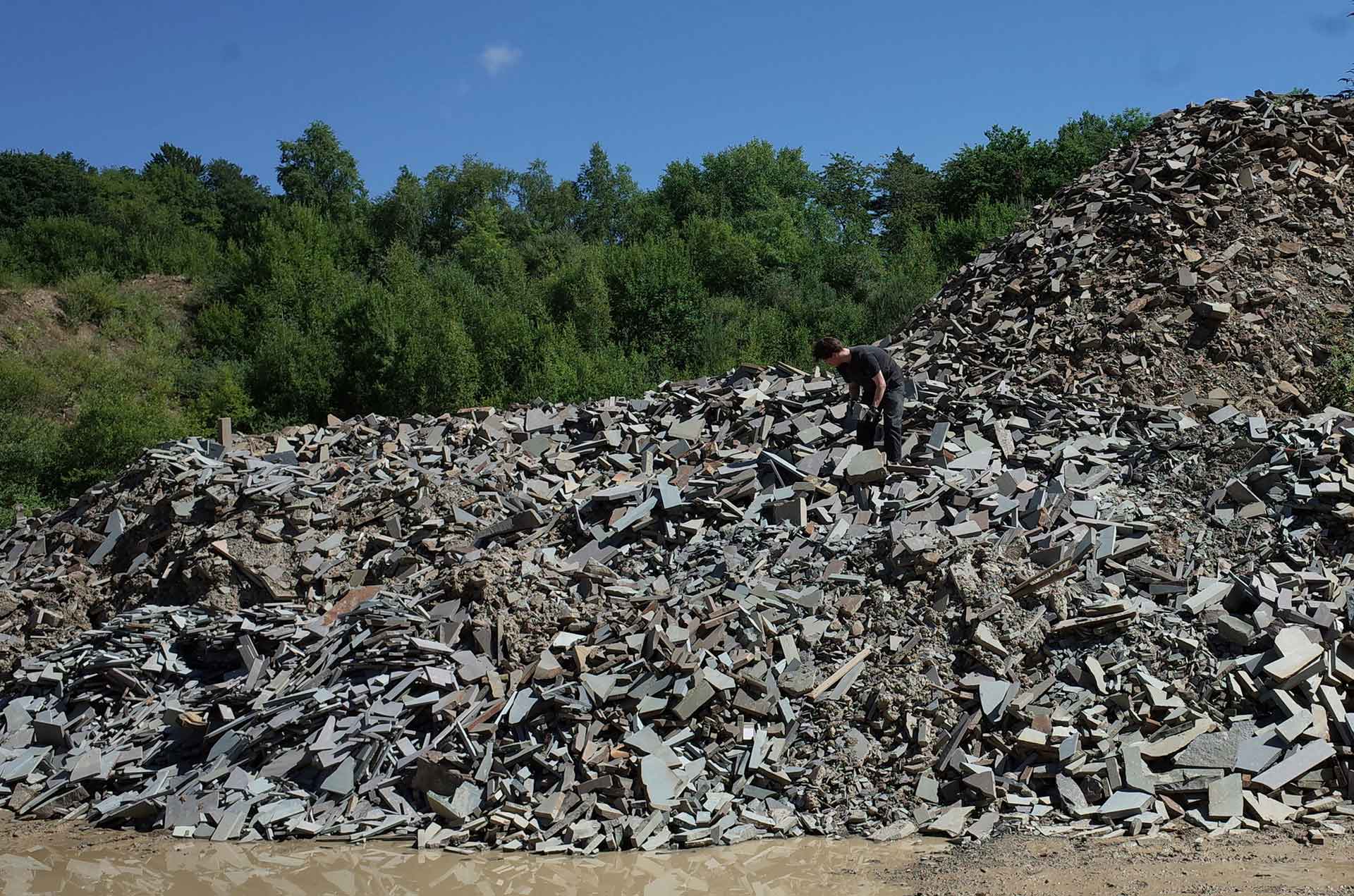
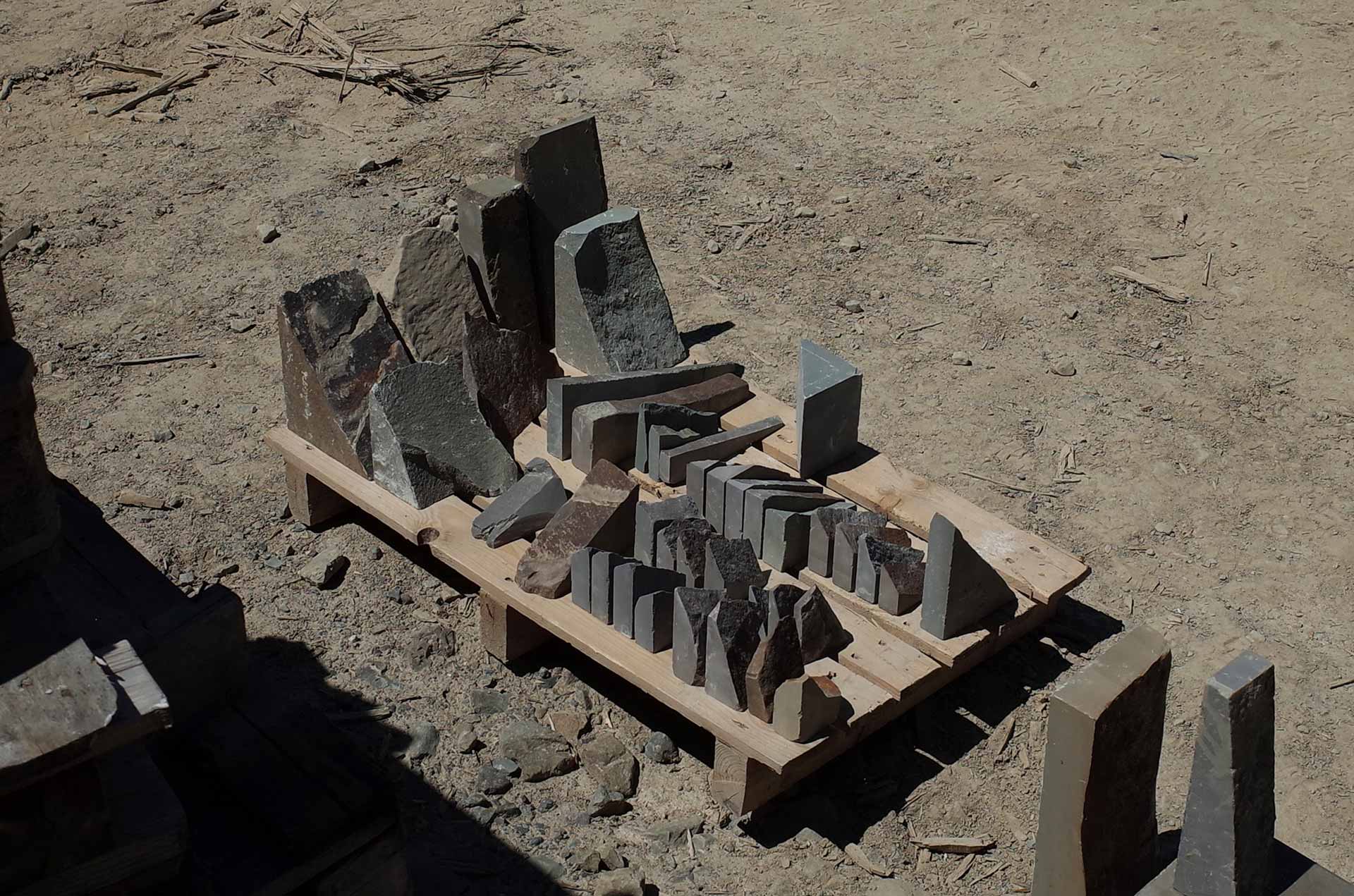
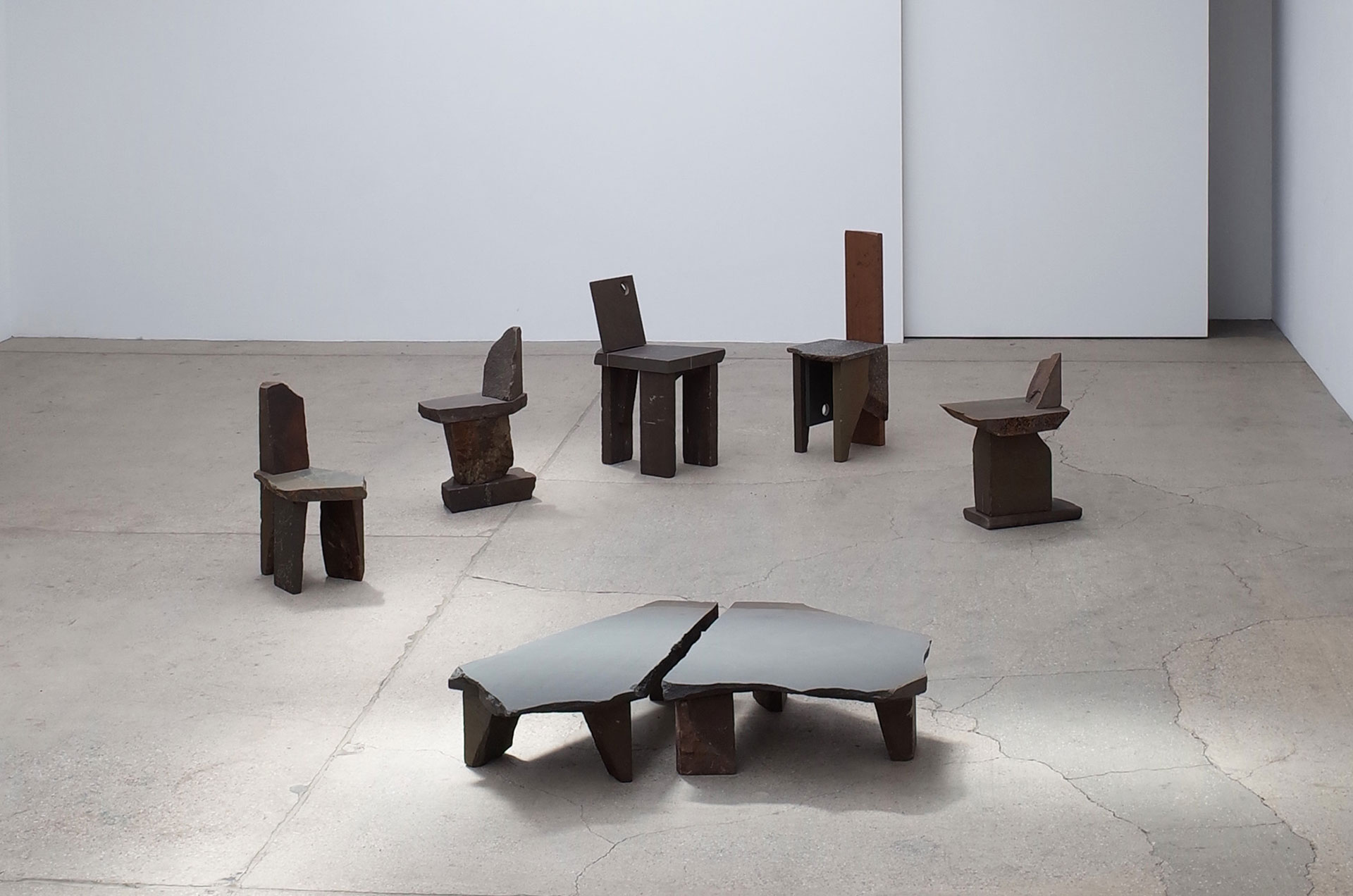
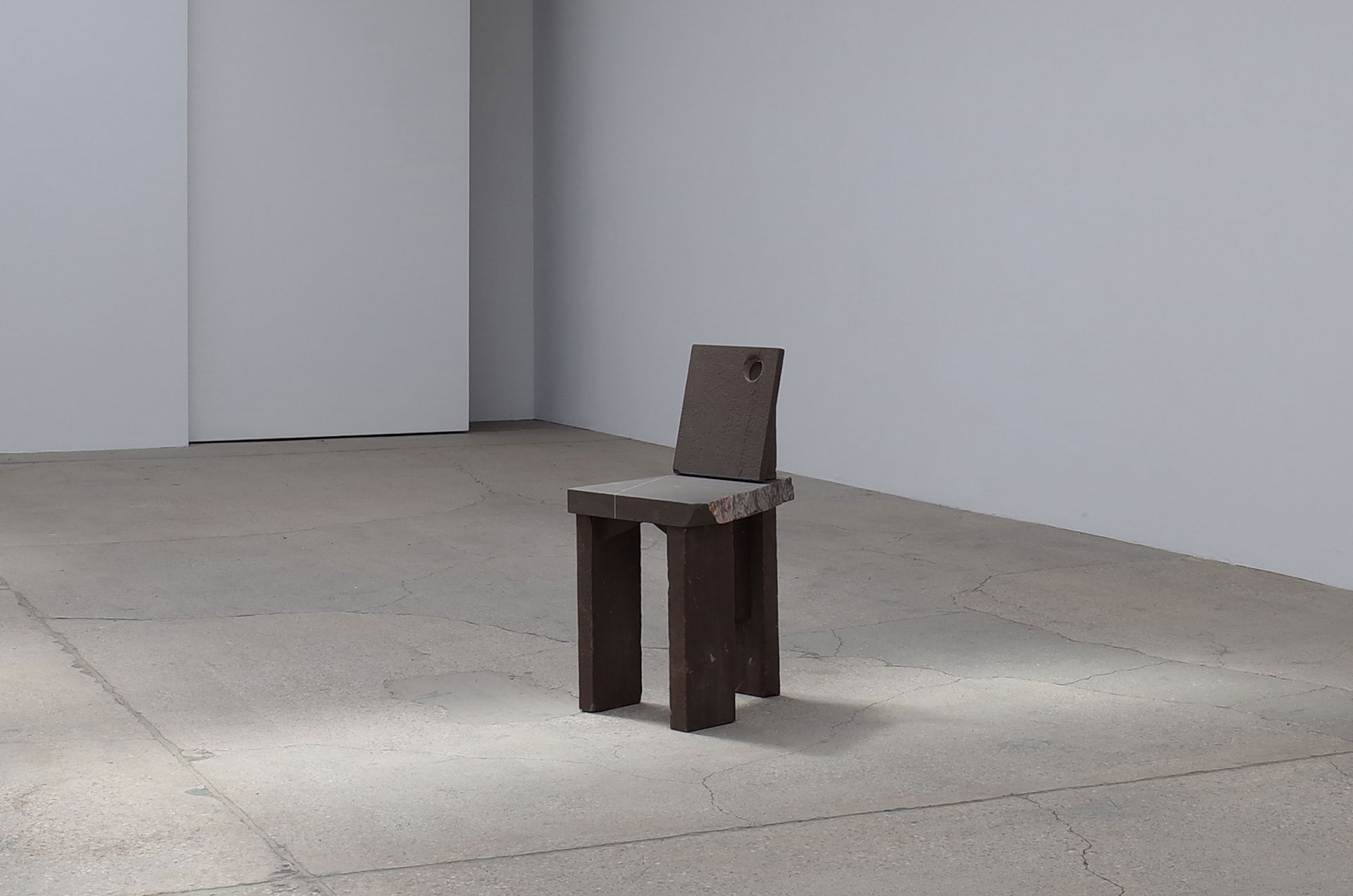






What do you think?